Owing to increasing air pollution, we are constantly surrounded by toxic flames from vehicles and factories when outside the home.
However, little do we realize that the harmful toxins inside of the home can be even more harmful and poisonous. In addition to the toxins, a number of potential allergens may be residing in your home, which may cause sneezing, wheezing, and congestion.
Given that most of us spend a considerable time indoors, indoor air pollution is a big threat to our health. Thankfully, there is a lot we can do to make our home allergy-proof.
Here is how to get started:
Get rid of the clutter
The less clutter in your house, the less stuff for allergens to stick to. Get rid of old rags, clothes, newspapers and other materials, which might be breeding ground for allergens. Limit newspapers, magazines, knickknacks and other items that you don’t use.

Removing the clutter will also make it easier to thoroughly clean your house once a week.
Focus on the bedroom, especially because that is where you spend most of your idle (sleeping) time.
Make your way to clean air
A well-ventilated house is the biggest enemy of allergens. Large windows and non-leaking ductwork can reduce the attack of allergens significantly.
Use air conditioning system to keep moisture at bay, thereby eliminating molds like dust and pollen.
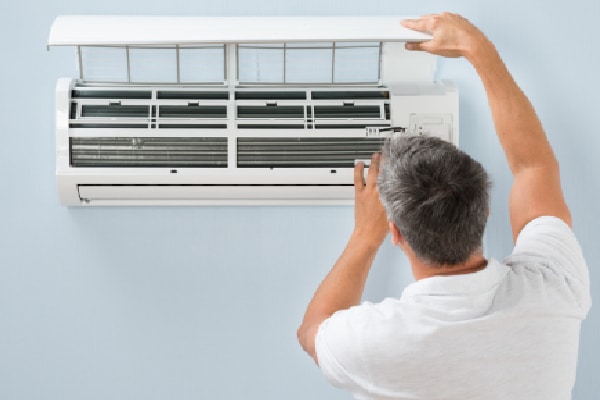
Keep your windows closed during stormy conditions, and in the earning morning hours when the pollen count is highest.
Ditch the fabric curtains
Fabric curtains trap way more allergens compared to blinds or shades. Therefore, if you are someone who is prone to allergies, it is a good idea to give the heavy fabric curtains a break and settle for blinds or shades instead.
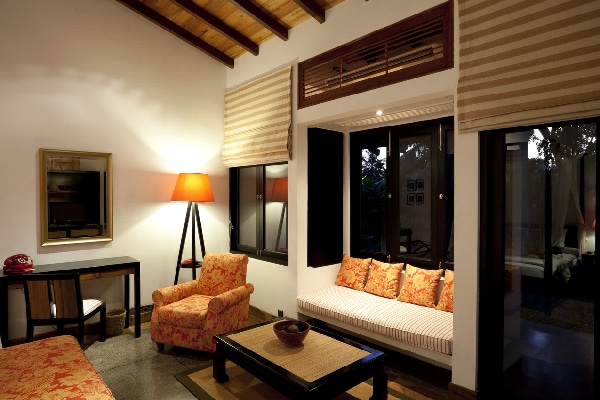
However, if you insist on having curtains, opt for the lightweight, machine-washable kind. Vacuum clean them once a weak and wash them frequently to keep dust-free.
Have clean bathrooms
Thanks to persistent moisture, the bathroom is heaven for molds and allergens. To keep the bathroom allergy-free, clean it regularly, dry of surfaces that collect water, and use an exhaust fan to remove moisture.

Make bathroom carpet/rugs free and install tile, vinyl, wood or linoleum flooring that does not soak water. Repair leaks and replace broken tiles.
Bed and bedding
Use dust-mite-proof covers for pillows, mattresses, and box springs. Replace bedsheets and pillowcases once a week and wash them in hot waters. Remove, wash or cover comforters once a month. It is a good idea to vacuum clean the bed and sofa once a fortnight to eliminate dust and molds.
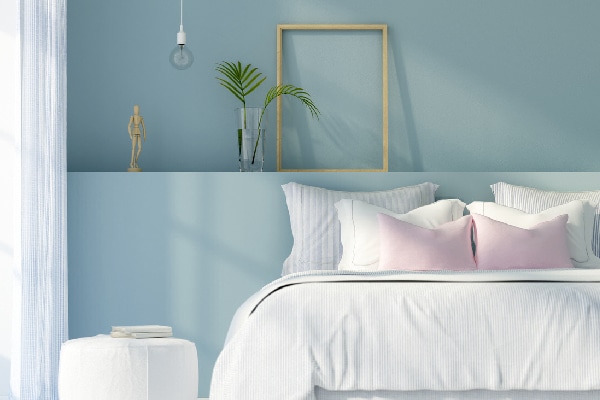
Upgrade your vacuum cleaner
If your vacuum cleaner doesn’t have a HEPA (high-efficiency particulate air) filter, then switch to one that does. HEPA filter is specially made to trap allergens and air particles as small as o.3 microns.
That means it can eliminate as much as 99% of allergens from your carpet, rugs, and overlooked corners.
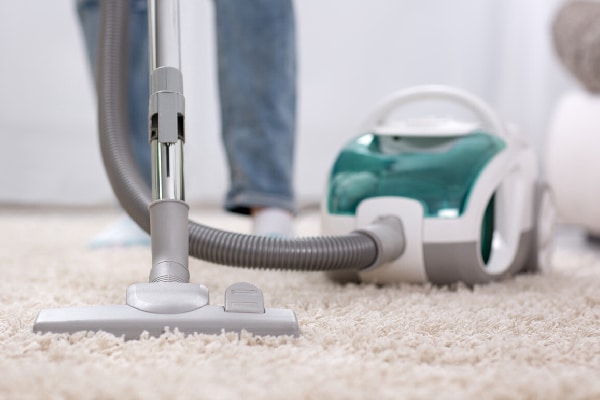
In addition to upgrading the vacuum cleaner, don’t forget to have HEPA filters in your heating and cooling system. Check with their manufacturers to get them replaced.
Have indoor plants
One of the easiest and best ways to purify indoor air is to have indoor plants.
Adding potted plants to a room has been proven to reduce the amount of air particulates significantly. In addition to absorbing air particulates, plants also take in carbon dioxide and release fresh oxygen into the air through photosynthesis, which helps those with allergies and asthma.
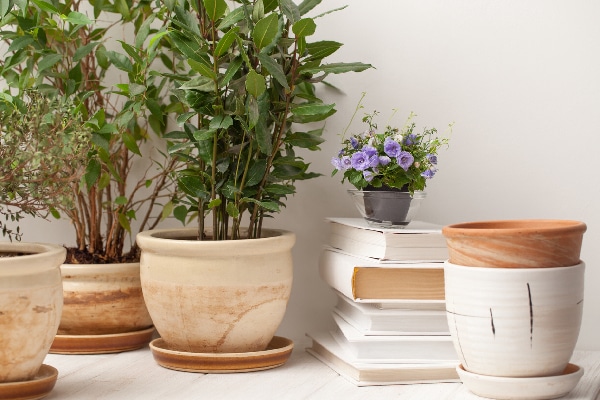
In addition to this, the microbes present in the potting soil can also provide a cleaning effect. Houseplants like Spider plant, Dracaena, Ficus, Peace Lily etc. are a good example of natural air purifiers.
Declare a pet-free zone
No matter how much you loved the furry creature in your home, it is a fact that fur from the bodies of dogs and cats can be hazardous for those with any kind of allergies.
To reduce allergies, it is a good idea to declare a pet-free zone in your home.
Various studies have proved that pet owners who kept a pet-free zone in their houses are less likely to develop allergies as compared to those who didn’t. Love them, but it is important to keep them restricted as well.
With frequent cleaning, proper air filters, and regular air quality monitoring, you can transform your abode into an allergy-free zone.

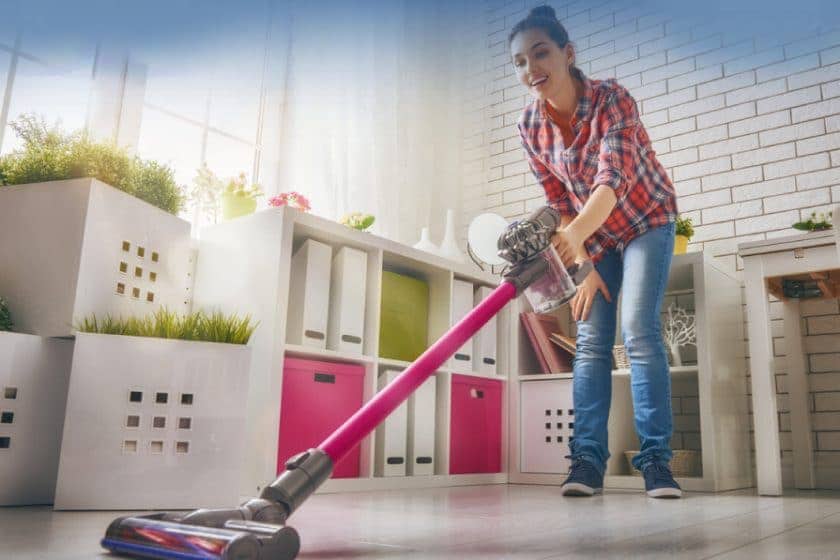
well said! using dust mite pillows and mattress is really the best option for allergen people